Researcher say this massive high speed Neutron star is at the edge to become a black hole.
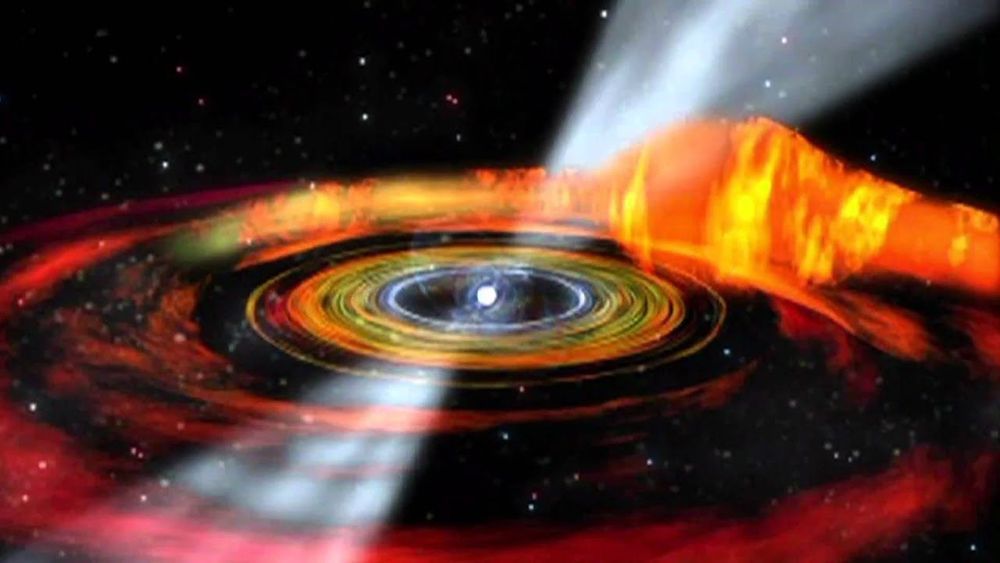

Researcher say this massive high speed Neutron star is at the edge to become a black hole.

Astronomers have detected the most massive neutron star ever, and it almost shouldn’t even exist.
Neutron stars are the smallest in the universe, with a diameter comparable to the size of a city like Chicago or Atlanta. They are the leftover remnants of supernovae. But they are incredibly dense, with masses bigger than that of our sun. So think of the sun, compressed into a major city.
In the case of the newly detected neutron star, dubbed J0740+6620, it’s 333,000 times the mass of the Earth and 2.17 times the mass of the sun. But the star is only about 15 miles across. It’s 4,600 light-years from Earth.
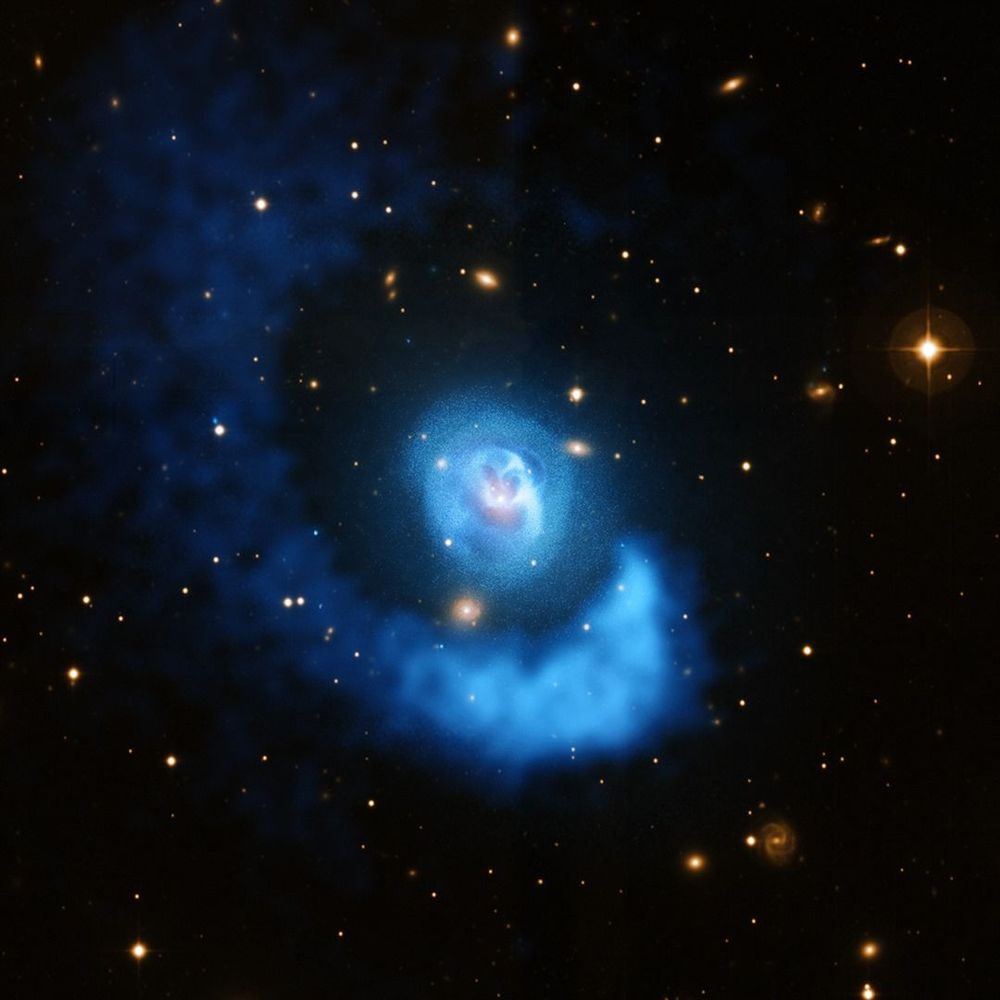
Like wine in a glass, huge clouds of hot gas are sloshing back and forth in a cluster of galaxies about 480 million light years from Earth! Sloshing motions, like those seen here in Abell 2052, redistribute elements forged in supernova explosions such as iron and oxygen!
Want to learn more? https://s.si.edu/2mkQuwt

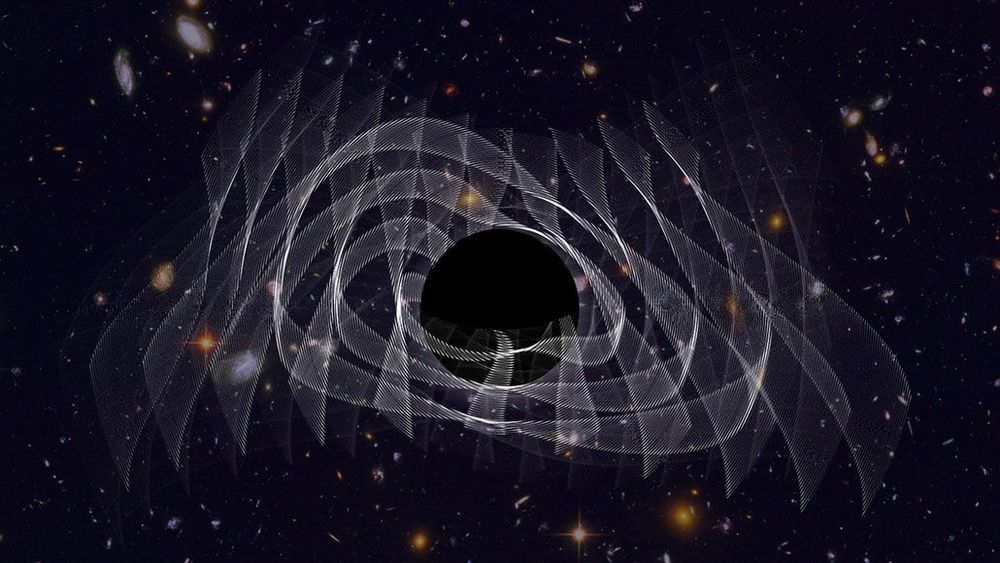
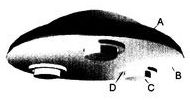
This invention relates to a spacecraft propulsion system utilizing thrusters comprised of a motor-driven electrostatically charged cylinder rotating within an electrostatically charged annular ring for the purpose of creating a spacetime curvature stress-energy tension in the horizontal direction. The thrusters are augmented by magnetic vortex generators, either embedded in the cylinders or located above each thruster, for the purpose of increasing the permittivity of space by permeating each thruster with low density hyperspace energy generated by a wormhole created between our space and hyperspace. A combination of three thrusters mounted on the underside of the hull of the spacecraft provide thrust and yaw motion control.
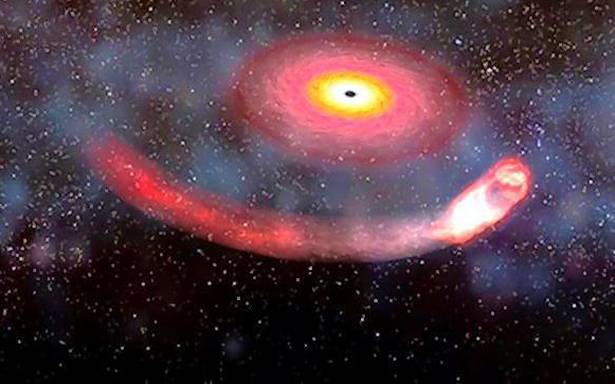
Researchers have, for the first time, detected the gravitational waves from a newly born black hole, and found that the ringing pattern of the waves predicts the cosmic body’s mass and spin, providing more evidence for Einstein’s General Theory of Relativity.
The study, published in the journal Physical Review Letters, increases the possibility that black holes exhibit only three observable properties – mass, spin, and electric charge.
All other properties, the study noted, could be swallowed up by the black hole itself, and are unobservable.
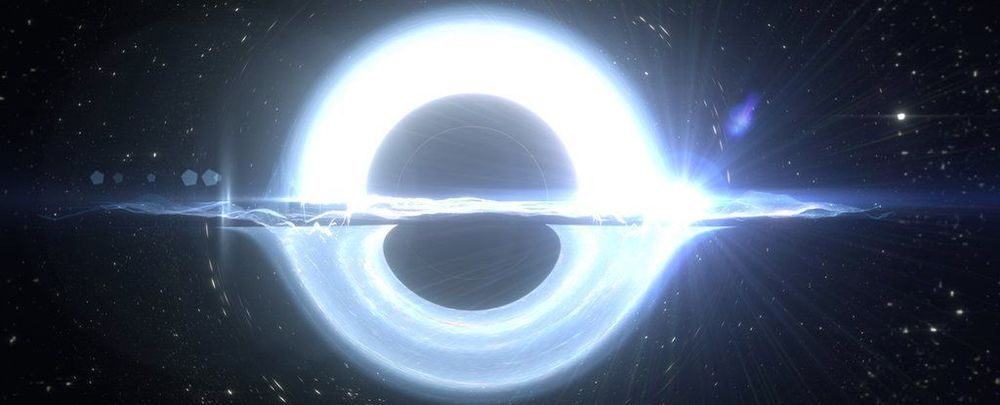
A fifty-year-old hypothesis predicting the existence of bodies dubbed Generic Objects of Dark Energy (GEODEs) is getting a second look in light of a proposed correction to assumptions we use to model the way our Universe expands.
If this new version of a classic cosmological model is correct, some black holes could hide cores of pure dark energy, pushing our Universe apart at the seams.
University of Hawai’i astrophysicist Kevin Croker and mathematician Joel Weiner teamed up to challenge the broadly accepted notion that when it comes to the Universe’s growing waistline, its contents are largely irrelevant.
The enormous black hole at the center of our galaxy is having an unusually large meal of interstellar gas and dust, and researchers don’t yet understand why.
“We have never seen anything like this in the 24 years we have studied the supermassive black hole,” said Andrea Ghez, UCLA professor of physics and astronomy and a co-senior author of the research. “It’s usually a pretty quiet, wimpy black hole on a diet. We don’t know what is driving this big feast.”
A paper about the study, led by the UCLA Galactic Center Group, which Ghez heads, is published today in Astrophysical Journal Letters.

Two University of Hawaii at Manoa researchers have identified and corrected a subtle error that was made when applying Einstein’s equations to model the growth of the universe.
Physicists usually assume that a cosmologically large system, such as the universe, is insensitive to details of the small systems contained within it. Kevin Croker, a postdoctoral research fellow in the Department of Physics and Astronomy, and Joel Weiner, a faculty member in the Department of Mathematics, have shown that this assumption can fail for the compact objects that remain after the collapse and explosion of very large stars.
“For 80 years, we’ve generally operated under the assumption that the universe, in broad strokes, was not affected by the particular details of any small region,” said Croker. “It is now clear that general relativity can observably connect collapsed stars—regions the size of Honolulu—to the behavior of the universe as a whole, over a thousand billion billion times larger.”